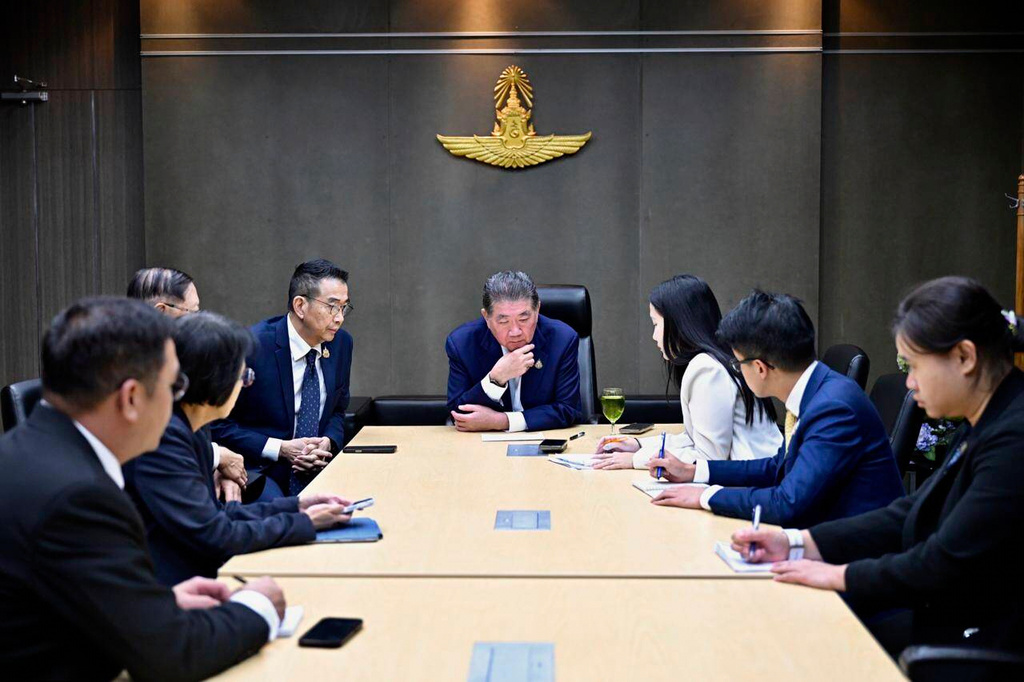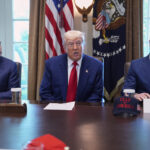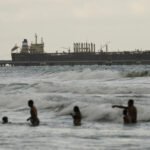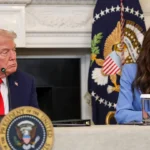Thailand-Cambodia Ceasefire Disputed After Border Clashes \ Newslooks \ Washington DC \ Mary Sidiqi \ Evening Edition \ Thailand and Cambodia clashed over whether a ceasefire agreed Monday is holding, following days of deadly border violence. Thailand accused Cambodia of renewed attacks, while Cambodia denied any violations. The fragile truce was brokered under U.S. and ASEAN pressure in Malaysia.
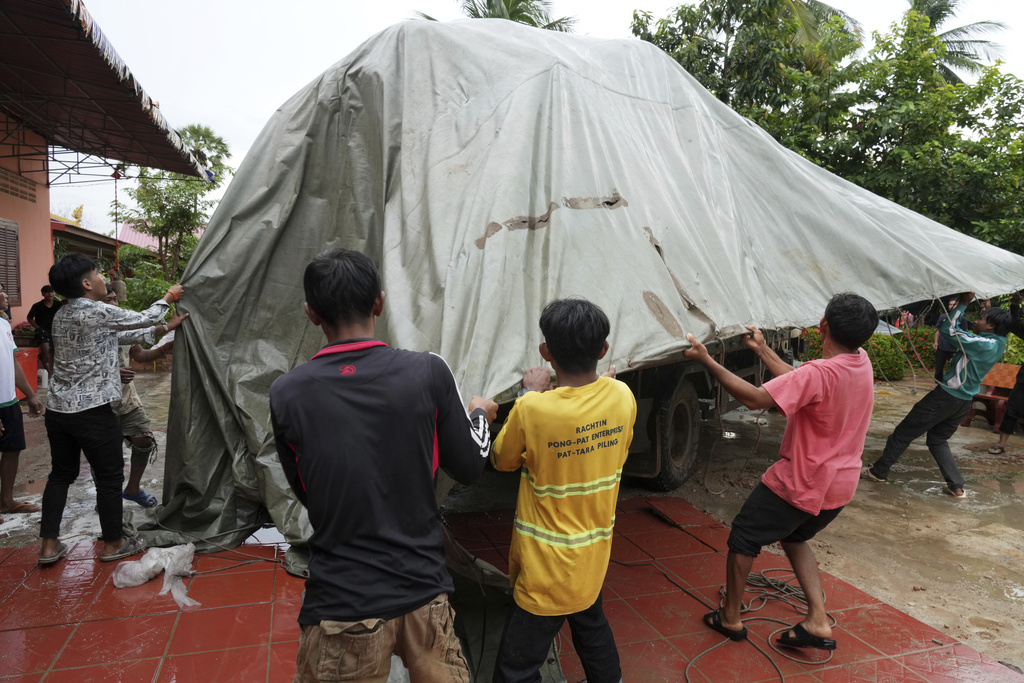
Quick Looks:
- Ceasefire brokered Monday under U.S. and ASEAN influence
- Thai army accuses Cambodia of post-truce violations
- Cambodia insists no fighting occurred after ceasefire deadline
- Tensions follow five days of deadly border clashes
- Over 35 people killed and 260,000 displaced
- First commander-level talks planned Tuesday under ceasefire pact
- Malaysia’s PM hosted talks as ASEAN chair
- U.S. threatens trade consequences if violence continues
- Calm returns to some border areas; families begin returning
- Ceasefire seen as a fragile first step to peace
- Conflict flared in May after a Cambodian soldier’s death
- 800-km border between Thailand and Cambodia remains disputed
Deep Look:
Tensions remained high along the Thailand-Cambodia border on Tuesday despite an agreement the night before to implement an unconditional ceasefire, brokered under the auspices of Malaysia, the Association of Southeast Asian Nations (ASEAN), and U.S. diplomatic pressure.
The truce, meant to take effect at midnight local time, was quickly clouded by disputes over compliance. While Thai military officials claimed Cambodian forces launched attacks in multiple areas, the Cambodian government firmly denied any such action, signaling an immediate test for the fragile peace accord.
According to Major Gen. Vithai Laithomya, spokesperson for the Thai military, Cambodian troops violated the terms of the ceasefire by engaging in renewed strikes, prompting Thai forces to respond defensively. “Such actions represent a deliberate violation of the ceasefire and a serious breach of trust,” he said in an official statement.
In contrast, Cambodia’s Defense Ministry insisted that “no armed conflict occurred on any front line after the ceasefire became effective.” Ministry spokesperson Maly Socheata reiterated Cambodia’s full commitment to peace, calling the Thai allegations “baseless” and emphasizing that military leaders from both countries were scheduled to hold first-round talks on Tuesday to discuss de-escalation measures.
Agreement Under External Pressure
The ceasefire was the result of urgent diplomatic mediation, held in Kuala Lumpur and hosted by Malaysian Prime Minister Anwar Ibrahim, who currently chairs ASEAN. The negotiations were influenced heavily by pressure from the United States, with Secretary of State Marco Rubio applauding the agreement and issuing a stern warning against further violence.
“President Trump and I are committed to an immediate cessation of violence,” Rubio said. “We expect the governments of Cambodia and Thailand to fully honor their commitments to end this conflict.”
Trump’s administration further leveraged the situation by threatening to withhold trade negotiations with either country if fighting continued, offering a potential face-saving off-ramp for both governments amid mounting casualties and regional instability.
Border Still Tense Despite Ceasefire
The ceasefire comes after five days of intense border fighting that began last Thursday, when a land mine explosion wounded five Thai soldiers, triggering a chain of confrontations that quickly escalated. Both governments blamed the other for initiating hostilities, a familiar pattern in the long history of their border disputes.
Since the clashes began, at least 35 people have died, and more than 260,000 have been displaced, creating a significant humanitarian burden on both sides. While some displaced families have begun returning to their homes, reports from the frontlines remain murky, with scattered calm punctuated by mutual distrust.
The 800-kilometer (500-mile) border between Thailand and Cambodia has been the subject of decades-long territorial disputes, though previous skirmishes have typically been brief and contained. This latest flare-up marks the most serious outbreak of violence since a fatal confrontation in May, where a Cambodian soldier’s death escalated into a diplomatic impasse and inflamed internal political tensions in Thailand.
Fragile Progress and Scheduled Talks
Tuesday’s planned military-to-military meeting marks the first formal engagement between field commanders under the new ceasefire terms. Both countries’ leadership—Cambodian Prime Minister Hun Manet and Thailand’s acting Prime Minister Phumtham Wechayachai—have expressed willingness to prevent further escalation, but lingering suspicions remain a major obstacle.
In his post-ceasefire remarks, Anwar Ibrahim called the truce “a vital first step toward de-escalation and the restoration of peace and security.” However, analysts caution that lasting peace will require far more than a temporary halt to gunfire.
Political Calculations and Regional Impact
Observers note that both Thailand and Cambodia face domestic political pressures that may influence how earnestly they pursue peace. The Thai military, already under scrutiny in the country’s turbulent political environment, risks further destabilization if accused of appearing weak. Meanwhile, Cambodian leadership has emphasized sovereignty and national pride, likely to maintain a firm stance in negotiations.
Additionally, the threat of U.S. economic consequences—including delays or cancellations of trade deals—appears to have played a central role in encouraging both nations to agree to talks. Trump’s administration has frequently tied economic incentives to diplomatic compliance, and in this case, it appears to have brought the two sides to the table.
Yet, whether the ceasefire holds will depend on the success of Tuesday’s talks, verification mechanisms, and ongoing diplomatic engagement through ASEAN and other regional actors.

